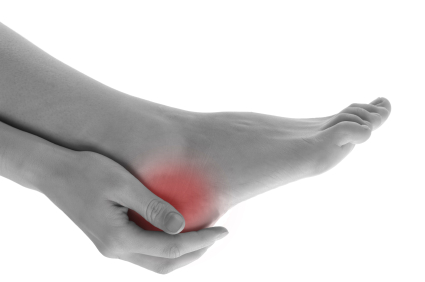Ever since the dawn of medicine, we have been drawn towards a sense of presumed ideals and ethics necessary in the healing arts. When we seek the help of a doctor, most people are in a state of physical, mental, or emotional vulnerability, and we need to assume the best intentions of the person into whose hand we are putting our health, or perhaps even our life. For this reason, there is a long tradition of oaths used by physicians upon completing their training to explicitly outline these ideals, so no one is guessing what is expected of these venerable citizens.
And when I say long, I mean really long. The Hippocratic oath is perhaps the oldest, and most well known, and is attributed to the ancient Greek Physician Hippocrates of Kos from the 5th century BC. While it is a fascinating read, it is hardly something most modern physicians would honestly abide by, particularly considering the opening promise to "swear by Apollo the physician, by Aesculapius, Hygeia, and Panacea". However, even in these dark distant past times, there are thoroughly modern medical concepts such as to use treatments and procedures only "for the good of my patients according to my ability and my judgment and never do harm to anyone". There is even a promise to not undertake procedures that you are not experienced in, but to "leave this operation to be performed by specialists in this art".
Many medical oaths also make explicit the most powerful skill which a treating physician can possess. Surprisingly, this is not an elusive technical clinical skill, but rather the rare art of careful listening. It is the ability to truly probe into the root motivations and desires of our patients and to empathise with what they want to achieve. In teaching our new graduates, I tell them to look beyond to presenting complaint, and find out what this pain is preventing your patient from doing. Their real problem isn't heel pain or an ingrowing toenail, it's the fact that they can't play soccer with their teammates, or that they can't stand at work, and are afraid of losing their job. Or that they can't go walking each afternoon for exercise with their wife, they are gaining weight, and facing mounting criticism for this from their doctors. Once you find this deepest level of "why", you have to key to connecting your medical interventions in a relevant and engaging way.
In "A Modern Hippocratic Oath by Dr. Louis Lasagna" we have the wise assertion to "... remember that I do not treat a fever chart, a cancerous growth, but a sick human being, whose illness may affect the person's family and economic stability. My responsibility includes these related problems if I am to care adequately for the sick." Unless we truly understand the surrounding life context of our patients, we are never able to work alongside them in a partnership towards their goals.
And finally, though the modern oaths have removed the references to Apollo the Physician, there is still space to recognise these oaths as more than just a code of ethics for professional behaviour. Dr Lasagna states in his modern oath "...Above all, I must not play at God", indicating that there may be ethics and decisions above our pay grade as mere mortals. In recognising some of these self-evident truths, many ways choose to define this oath as a pledge to God himself. Whatever the personal persuasion may be in the end, to recognise the gravity and weight of such a responsibility as we have, and by articulating this and declaring it in front of those we seek to serve, is surely one of the most powerful ways to keep ourselves accountable to our highest ideals and ambitions.


